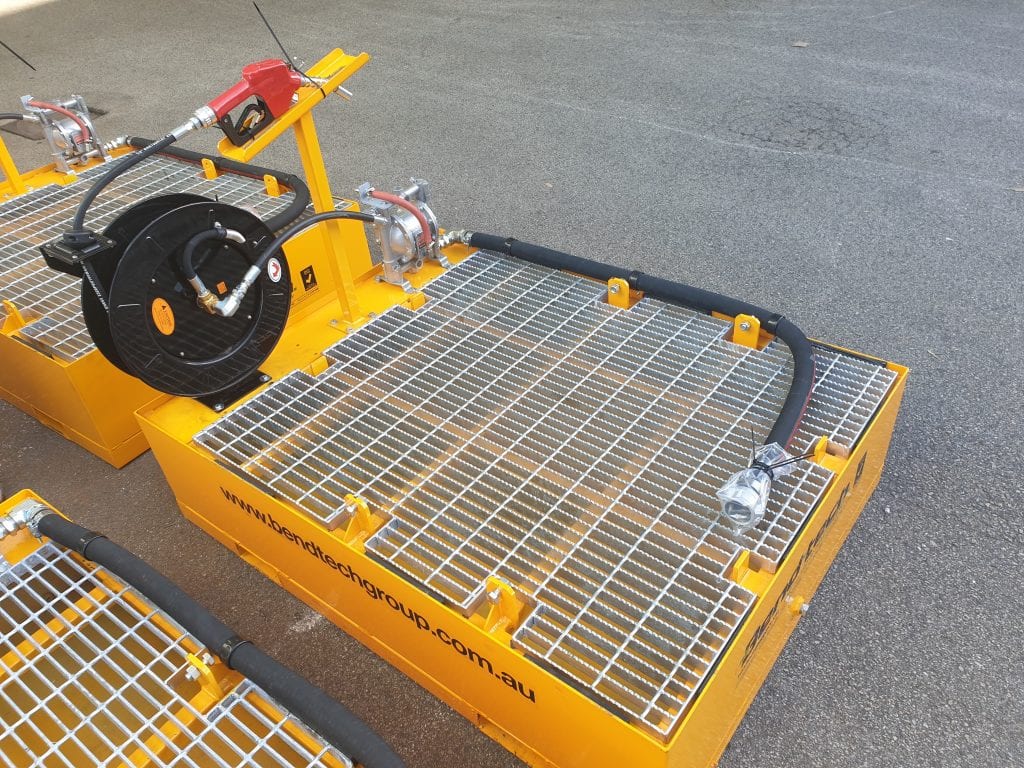The quality and durability of defence equipment and maintenance tools cannot be overstated. Each one should have the highest reliability standards because many depend on them. They should use heavy-duty materials like galvanised steel to ensure strength and reliability. Such equipment should also function correctly regardless of location or weather conditions.
Due to these reasons, it’s also crucial to have efficient systems in place to ensure the pieces of equipment are taken care of. There should also be specific personnel dedicated to defence materiel sustainment. They are to keep a close eye on them, ensuring that they will work when the need arises.
Since we are talking about specialised equipment here, suppliers must engineer them according to what is needed. Regular materials just will not cut it. The best starting point is to get in touch with concerned agencies and personnel, sit down with them, and ask specific questions.
A credible supplier will not assume they know what is best for the client. They will make sure each detail is discussed and clarified. If there are contentious issues, both parties must come to an agreement before proceeding to the next stage.
When they finally reach a compromise, the supplier can fabricate the materials based on agreed-upon specifications. Compliance with these basic but crucial steps ensures that all installations, equipment, and maintenance tools will have the highest standards.
Upon delivery, a lifecycle sustainment plan must be in place. This will help military personnel maintain all their equipment and weapon systems. Lifecycle sustainment planning aims to increase readiness by providing the best possible product support outcomes at the lowest possible cost of operation and support.
Sustainment is a decentralised, long-term activity. It is a process that requires coordination among the program office, requirements community, systems engineers, sustainment commands, logistics community, resource sponsors, and others. Because these plans are likely to be carried out across years or decades, these various communities greatly emphasise preparing and recording them.
Sustainment planning begins before a material solution is available. This is to guarantee that sustainment can be carried out successfully when the initial manufacturing quantities are delivered. It then evolves until disposal. Early in the system lifecycle, programs that prioritise sustainment provide designs that are more likely to meet operational performance objectives and require less maintenance.
To ensure that everything is in order, key leaders must develop a set of metrics for the maintenance of all military equipment inside a camp. These include availability, reliability, operating and support cost, maintainability, and affordability.
Availability
At any point, there must be a readily accessible report of the number of end items available for operational use. Since not everything is ready for use, there must also be an accounting of the total number of end items in the whole inventory.
This is crucial so that those in charge of supply would know how many are needed to fulfil the required number of operational units. If the supplies are low, they can make the necessary adjustments with accredited suppliers.
As a key performance parameter, availability may refer to material availability or operational availability.
The latter covers the whole fielded system inventory. This includes training, prepositioned, attrition reserve units, and so on. It guarantees that things in the depot or in route to the depot are accounted for as sources of non-mission capable status for the camp’s total inventory by accounting for the whole stock of deployed items.
Materiel availability may also be related to operations planning needs and the ability to accomplish objectives by giving a holistic view of a population of end goods.
Meanwhile, operational availability refers to the end items allocated to a unit that are operational and ready for use. These are equipment that can perform its assigned mission. Often, downtimes are because of administrative delays, maintenance, and supply.
Reliability
The likelihood that a system will work without failure during a specific time under specified conditions is measured by reliability. The warfighting capabilities required in the projected operational environment should be supported with appropriate reliability.
Reliability considerations support both materiel and operational availability measures. Initially, reliability may be defined as a desired failure-free interval, which can then be transformed into a failure frequency.
Reliability also serves as a benchmark for design engineers as they work on the system. This allows for reliability modelling, reliability testing, and other assessments. Maintenance time and labour, spare parts consumption and investments, availability, logistics infrastructure, and lifecycle costs are all affected by system reliability.
Operating and Support Cost
This metric covers all cost assessment and program evaluation elements. It ensures that sustainment costs will remain to be an integral part of the overall system budget.
The metric must strike a balance between what is realistic in making sure all equipment are available and what the costs actually are. There are always trade-offs with these things.
Maintainability
Included here are computations of Mean Downtime and Mean Time to Repair. The requirements developer can use maintainability metrics to determine how long it takes to restore available status.
Maintainability should be included in a requirements document to aid in logistical readiness. Corrective maintenance, mission maintainability, and maintenance load are further subordinate measures that provide improved maintainability.
Affordability
The reality is, budget is still a key component in lifecycle sustainment. This is why it is crucial to have a partner supplier that understands the needs of the industry. A reliable partner would be able to customise and manufacture equipment and maintenance tools that will prolong the life and quality of materials within a camp.




